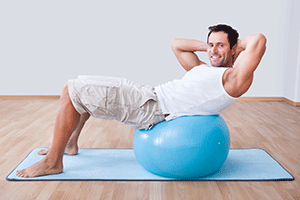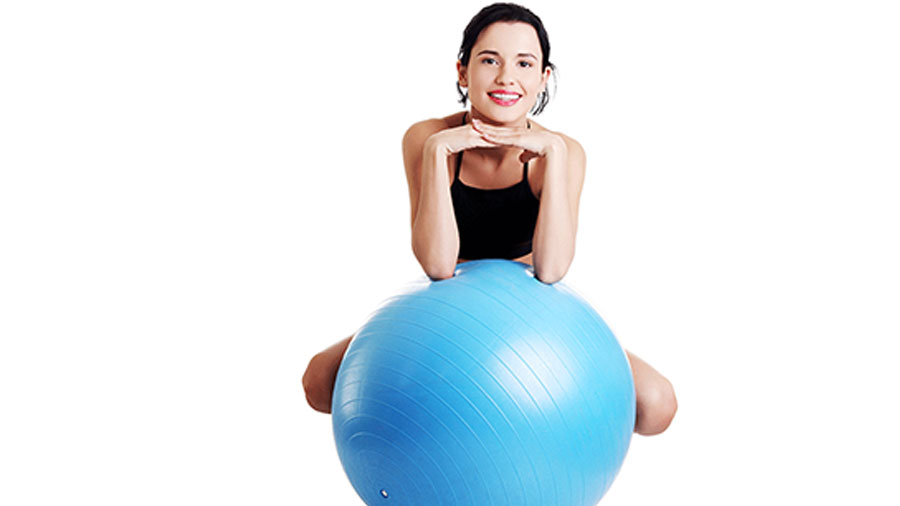-
 See More
See MorePilates Abdominal Work on Stability Ball: Beginner Exercises
In this first installment, we will bring the Pilates abdominal work back to the basics. In this article and future posts involving abdominal work on the stability ball you will see and feel the extra punch it gives your traditional Pilates mat work! All the same rules apply but now you have to work extra […]…
-
 See More
See MoreDeep Hip Openings with the Stability Ball
We’ve explored some leg and hip openings using the stability ball. Today we are going to delve into the hips a bit deeper. You want to be warm before going into these, so take a brisk walk, for example, and start with some of the lighter stretches from the last article: hamstring, inner thigh, and […]…
-
 See More
See MoreStability Ball Exercises to Lengthen Legs & Open Hips
With its pliability, roundness, and fluidity of movement, the stability ball lends itself perfectly to supporting and encouraging stretching and opening poses. The next few exercises help to bring awareness and suppleness to our legs and hips that are often over used and in need of this much deserved TLC! Remember these following precautions when […]…
-
 See More
See MoreStability Ball to Stretch & Open the Upper Body
In a previous post, we learned to strengthen our upper bodies using Pilates stability ball exercises. Now it is time to create mobility and fluidity in the upper body. The stability ball lends itself magnificently to opening exercises because it is round and pliable so we can move the energy in a fluid manner. During […]…
-
 See More
See MoreStability Ball Exercises: Targeting Chest, Back, & Arm Strength
You can purchase a Stability Ball here. A prop inserted into the classical Pilates mat work can really give you an extra challenge or sometimes a bit of an assist as we saw in our Magic Circle posts. This entry introduces another prop, the stability ball. Unlike the Magic Circle this is not a prop […]…
-
 See More
See MoreStrengthening the Hamstrings and Glutes with the Stability Ball
The stability ball requires participants to find their balance. It demands that we find our center on an unstable surface. This will help develop strong hamstrings and glutes. These muscle groups are less developed because they are on our backside and we are forward-moving beings. We don’t like to walk backwards even though it is […]…
